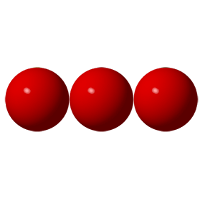As developers, our work is to solve problems which often implies writing code. Some of the problems we face look really simple in nature, but their simplicity leads us to write sub-optimal solutions without even realizing it. JavaScript developers come from very different backgrounds, and assuming that everyone has the same base knowledge of computer science is, at least, misguided. However, we should strive to gain understanding of this field as computer science concepts can help in writing better and more elegant software.
In this article, the first of a series titled From JavaScript developer to JavaScript engineer, I’ll discuss how to re-implement ECMAScript 2015’s String.prototype.repeat() method. What this method does, repeating a string, is pretty simple and a basic implementation would be simple as well. But by using appropriate algorithms and data structures, we can heavily improve the performance of this method.
If you want to take a look at the final solution, you can either go to the section An efficient solution or browse my Interview questions repository on GitHub.

